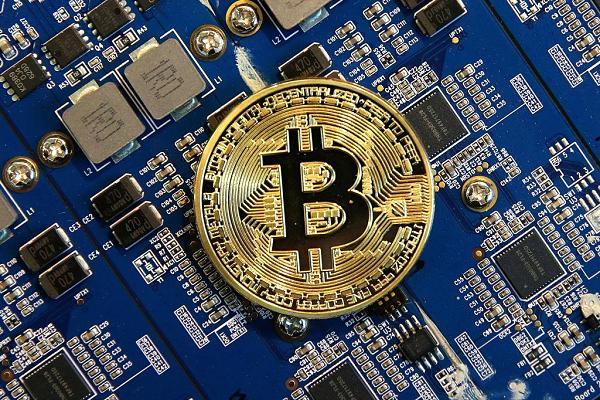摘要:Inscriptions,aformofdigitalcollectiblecreatedbywritingdataintothecalldataorwitnessfieldsofablockchaintransaction,havecauseddegradedperformanceorevencrashesonseveralblockchainnetworks,includingArbitrum...
Inscriptions, a form of digital collectible created by writing data into the calldata or witness fields of a blockchain transaction, have caused degraded performance or even crashes on several blockchain networks, including Arbitrum, zkSync, Avalanche, and others. But Branden Farmer, co-founder of Polygon, claims that parallelized Ethereum Virtual Machines (EVMs) may solve the problem once and for all.
Inscriptions were first created on the Bitcoin network. After the Taproot upgrade in 2021, Bitcoin users discovered that the upgrade allowed them to embed data into the “witness” field of a transaction, allowing images, tokens, and other types of digital collectibles to be minted on the Bitcoin blockchain. Some users saw the new collectibles as a benefit to the network, while others regarded them as “spam.”
But the craze didn’t stop with Bitcoin. Soon, inscription producers started minting them on Ethereum sidechains and layer-2s such as Arbitrum, Avalanche, and Polygon. Instead of being written into the witness field of a Bitcoin transaction, this new type of inscription was written into the “calldata” field of an EVM-based network. Since calldata doesn’t get stored in a smart contract’s state, this allowed producers to create their collectibles at a fraction of the cost of minting a traditional non-fungible token (NFT).
But this cheap method of minting eventually caused high fees and instability for several blockchain networks as users increasingly flooded the networks with inscription transactions. On Dec. 15, Ethereum layer-2 Abitrum went offline for over 70 minutes from inscription spam. During the month of December, half a dozen other blockchains also experienced degraded performance or extremely high fees as a result of these mints.
Inscriptions have taken down multiple chains and caused huge gas spikes over the last couple of days.
— cygaar (@0xCygaar) December 18, 2023
However, very few people actually understand what's going on.
Here's a simple explanation of inscriptions - how they work and why they're being spammed everywhere : pic.twitter.com/IjQ6wuypRX
In a conversation with Cointelegraph, Farmer claimed that parallelized EVMs may help to resolve this problem. In his view, parallelism allows unrelated transactions to be processed faster, increasing the throughput of blockchains and potentially allowing them to handle the spam.
“In general, the EVM is executed sequentially, so every transaction in a block must be executed in order,” Farmer stated. “It doesn’t matter if it’s an NFT transaction or a Uniswap transaction, two things that have no dependency on each other, we process those transactions sequentially.”
But with a parallelized EVM, transactions that are not related can be processed simultaneously instead of sequentially. “At the same time, we could be processing your Uniswap transactions and your inscriptions and your NFT mints,” Farmer claimed.
This ability to simultaneously process two or more transactions can allow the network to “localize gas fees to areas that contend with each other.”
For example, if many different people are trying to use Uniswap at the same time, they may have to pay higher fees, since their transactions are related to each other and must be processed sequentially. However, other users who are trying to mint NFTs would be mostly unaffected by this surge of Uniswap usage. Conversely, if the network experiences a surge of inscription mints, this may result in a rise in fees for inscribers, leaving other users mostly unaffected.
Farmer stated that this “localized gas fee” feature has not yet been implemented on Polygon Proof of Stake (PoS), but is ultimately one of the goals.
Another benefit of parallelism is an overall increase in throughput, Farmer stated. The Polygon team has already implemented “Block-STM,” which is a “first step” towards parallelization. And even with this small step, they saw “a 1.6x improvement in performance” and “either [have] achieved or will soon achieve a 2x improvement.” This means allowing the nodes to sync to the network two times faster and process blocks two ti faster, leading to greater ability for the network to handle spam.
Related: Polygon 2.0: 2024 to see unified ZK-powered L2 chains
According to Farmer, parallelization was originally proposed by Solana developers, but the idea is now being implemented on multiple blockchains to improve performance, including not only Polygon PoS but also Aptos, Monad and other networks. However, the Ethereum ecosystem is taking a new approach to this concept by combining parallelization with the increase of block space through layer-2 ecosystems, including Polygon 2.0, he claimed.




